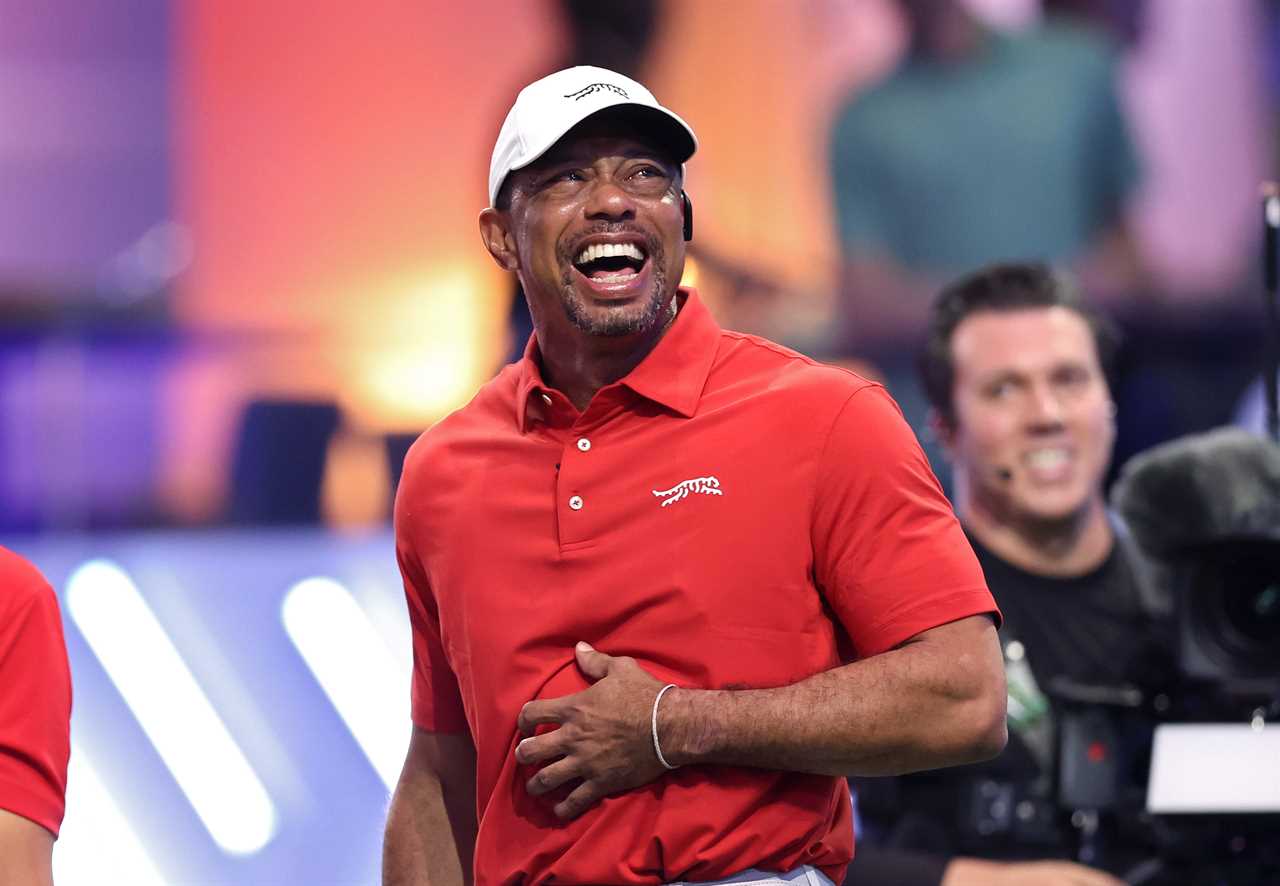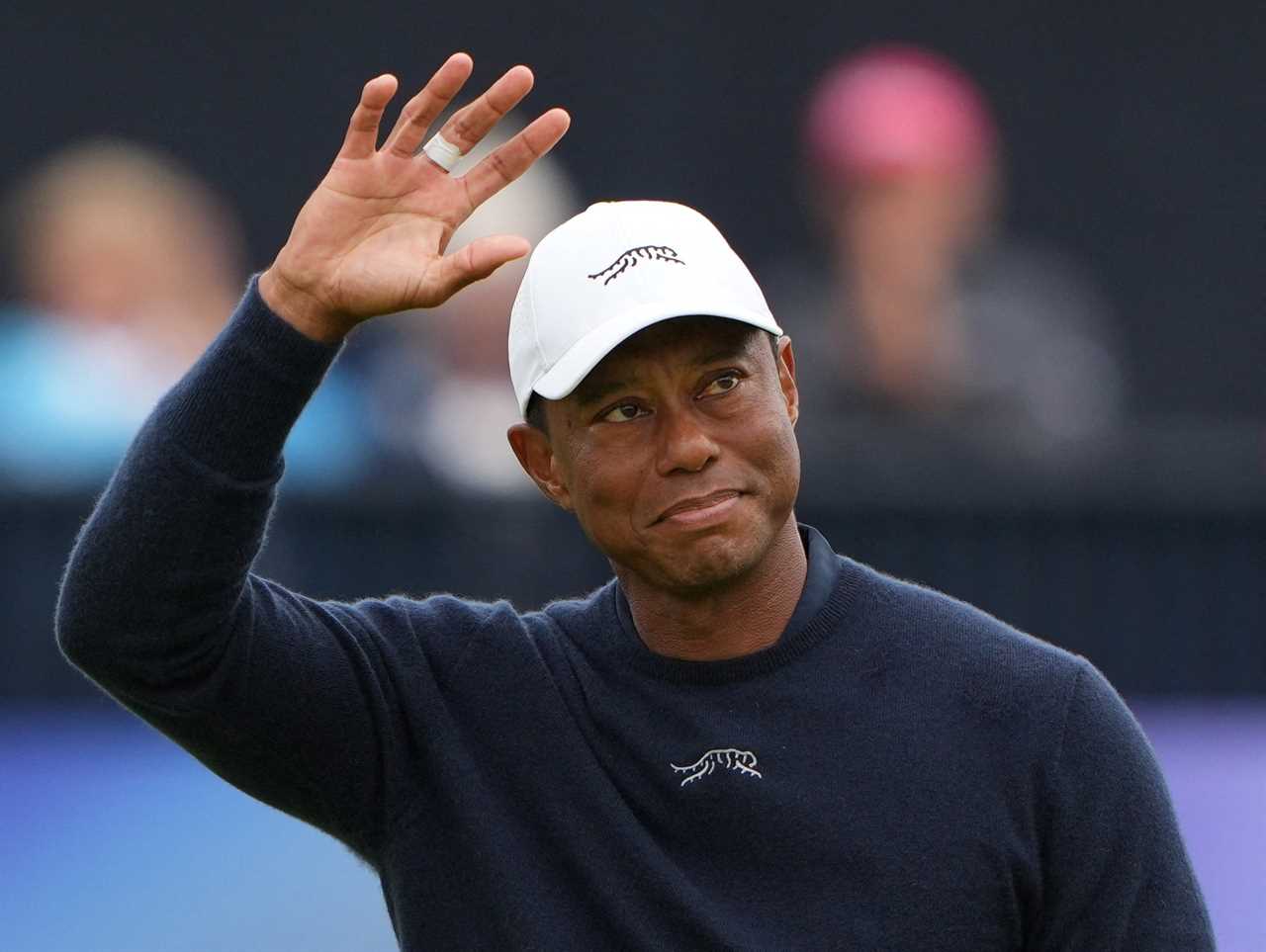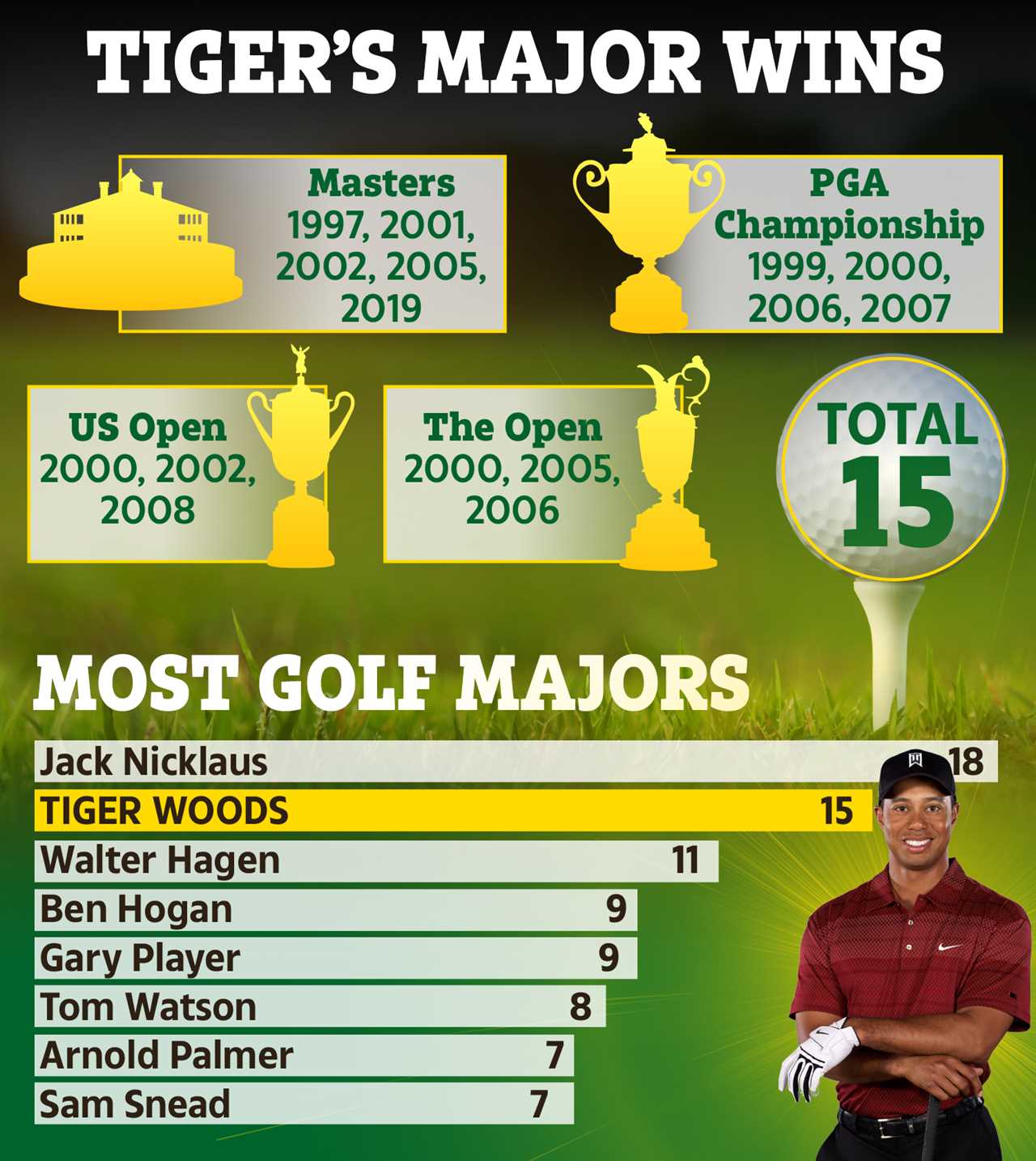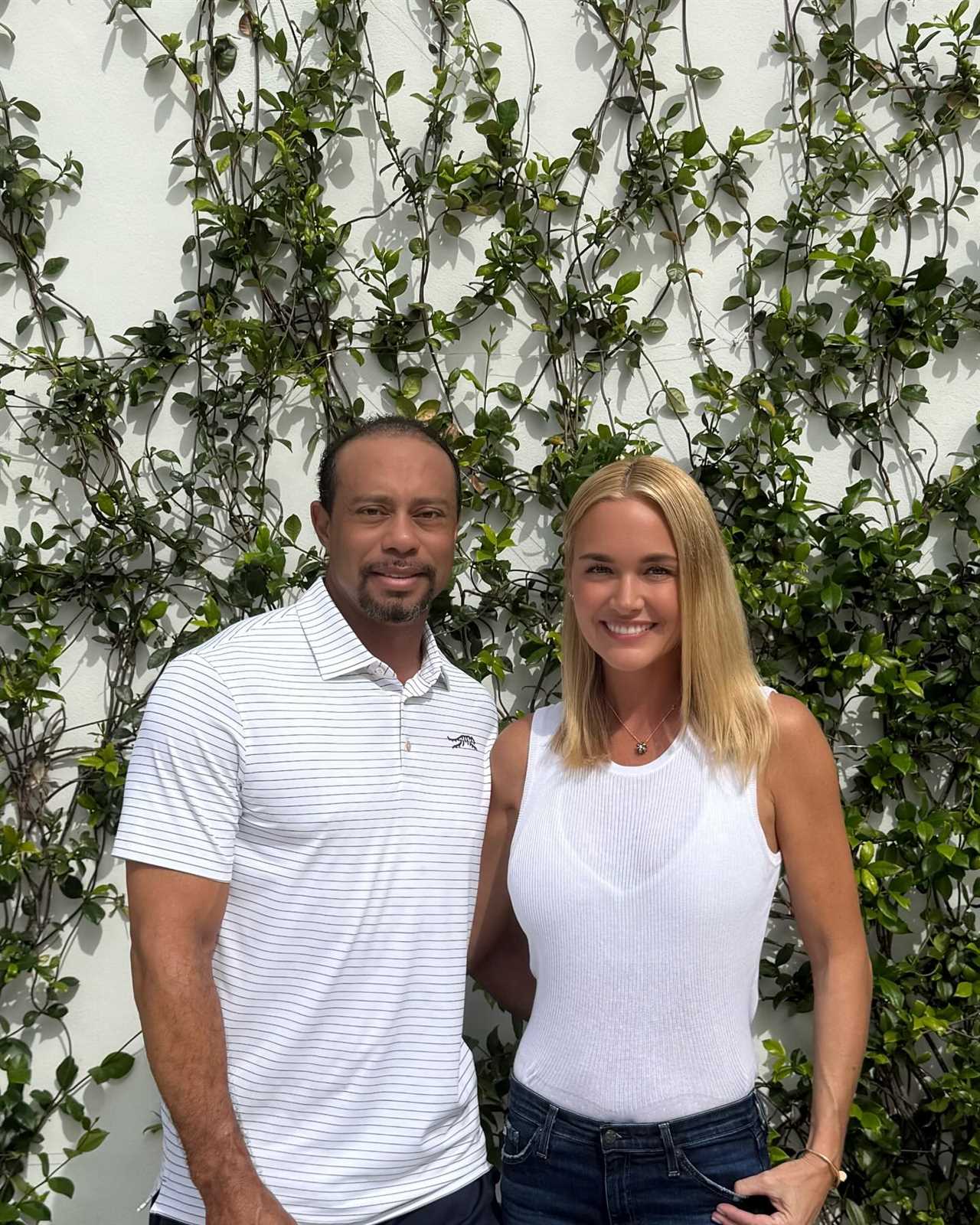
Unexpected Announcement Shakes Golf Community
Tiger Woods left golf enthusiasts reeling with a surprising April Fool’s message on social media. The legendary 15-time major champion hinted at a miraculous recovery from his ruptured Achilles, leading fans to believe he would make a triumphant return to the Masters at Augusta National next week.
Injury Setbacks Keep Woods Off the Greens
At 49, Woods has been sidelined since March due to surgery on his Achilles tendon. The injury initially appeared severe enough to keep him out of the first major of the year. Expectations have since grown that Woods might miss all four majors this season as he continues his recovery journey.
Fans' Joy Quickly Turns to Disappointment
Woods took to X (formerly Twitter) to share the good news: “I can’t believe I am saying this, but a few weeks after rupturing my left Achilles, the sleeping in a hyperbaric chamber plus the explosive lifts my doctors and trainers have me ready to play the Masters next week! Can’t wait! See y’all on the course.”
Golf fans worldwide celebrated the prospect of seeing their idol back in action. However, the excitement was short-lived when Woods followed up six minutes later with a clarifying post: “P.S. April Fools my Achilles is still a mess :)”

Social Media Backlash Ensues
The prank did not sit well with Tiger’s followers. Many expressed their frustration and disappointment across various platforms. Comments ranged from anger to playful teasing, with one fan calling it “the meanest thing that has ever been done on the internet” and others accusing Woods of misleading his supporters.
Expressions of betrayal and sadness were common, highlighting the deep connection fans feel with Woods and their genuine hope for his return to competitive golf.
Woods' Online Presence Continues to Stir Emotions
This isn't the first time Woods has made headlines through his social media activity. Earlier in March, he publicly shared his new relationship with Vanessa Trump, the ex-wife of Donald Trump Jr., sparking widespread discussion and media coverage.
The 47-year-old Vanessa and Woods shared intimate photos and heartfelt messages, marking a new chapter in his personal life. Their relationship received a nod of approval from President Donald Trump, who publicly expressed his happiness for the couple.

Balancing Personal Life and Professional Challenges
Tiger Woods has always been a figure of public fascination, not just for his golfing prowess but also for his personal life. Navigating his relationships and injury setbacks has kept him in the spotlight, with each move scrutinized by fans and media alike.
The recent April Fool’s prank, while seemingly lighthearted, underscores the high expectations placed on Woods and the intense emotional investment of his fanbase. As he continues his recovery, the golfing world watches closely, hopeful for his return but mindful of the challenges he faces.
Looking Ahead: What’s Next for Woods?
As Woods focuses on healing his Achilles, fans remain eager to see him back on the course. While the Masters will proceed without his participation, the anticipation of his return keeps the spirit of his legacy alive within the sport.
Woods’ ability to overcome his injury and personal challenges will likely define the next chapter of his career. Supporters remain steadfast, cheering him on as he works towards regaining his form and potentially making a comeback in future tournaments.

Frequently Asked Questions
How do professional golfers' training methods change with age?
As golfers get older, their training tends to evolve in order to keep up with the physical changes and changing capabilities. As golfers age, their training may change to focus more on joint-friendly exercises, flexibility, core stability and strengthening of the joints, while reducing high-impact activities. The experience allows seasoned golfers to train smarter, spending more time on course management, short game, and recovery strategies. As they become more experienced, they're more likely to focus on precision and strategic play rather than simply power. Their training and game will be altered accordingly.
How do professional golfers rest and recover?
In a professional golfer's routine, recovery and rest are essential. Resting properly allows the body to rejuvenate and heal, preventing fatigue and injury. Golfers use a range of recovery techniques, including sleep optimization, active recuperation, massage therapy and stretching. During their rest periods, golfers may engage in activities that encourage recovery without overworking the body. Such practices are vital in sustaining high performance throughout the strenuous tour schedules.
How often do golfers replace their equipment?
Golf pros often change and reassess equipment to suit their needs. They do this to adapt to any changes they may have made to their bodies, their swings, or to the requirements of a new course. Wedges and putters in particular can be modified or replaced for a more precise feel and sharp grooves. You can choose golf balls based on their performance characteristics or specific conditions. The choice to change equipment is usually made carefully, with significant testing to ensure positive outcomes.
Do professional golfers spend more time on physical or mental preparation?
Golfers who are professional golfers understand the importance of mental and physical strength in their sport. Their training programs emphasize the importance of balancing the two. Mental training is equally important as physical fitness and practice to improve strength, flexibility and endurance. Mental training for pro golfers includes visualizing shots, managing stress and anxiety on the course and strategic thinking. Golfers can work with sports psychology to improve mental focus and resilience, both of which are essential during competitive rounds.
What would a typical pro golfer training schedule look like?
Professional golfers adhere to rigorous training schedules that are meticulously crafted to address all facets of their game. A standard training day may consist of several hours on the driving range perfecting their swing with various clubs, dedicated sessions on the chipping and putting greens, and physical fitness exercises tailored for golf. They also include mental conditioning in their training to stay focused and sharp under pressure. Golfers can spend time with their coach to refine their technique and analyze performance data. Rest and recovery is also a priority to maintain peak levels of performance.
How can pro golfers prevent common injuries?
Back pain, wrist and shoulder injuries are all common amongst golfers. In order to prevent injuries, professional golfers use regular fitness training that focuses on strengthening the muscles they use for golf as well as increasing flexibility. Golfers can also use swing analysis in order to ensure they are not overstressing their bodies. A good warm-up routine, nutrition, and working closely with physical therapists and chiropractors are all important in preventing injury.
Statistics
- Up to 90% of professional golfers incorporate some form of cross-training into their fitness regimen.
- Professional golfers under the age of 25 spend, on average, 10% more time on driving range practice compared to those over 25.
- Rest days are included in 100% of the training schedules of top professional golfers to prevent burnout and injury.
- According to a fitness survey, 55% of professional golfers prioritize yoga and pilates for improving flexibility and core strength.
- Pro golfers over the age of 35 tend to dedicate at least 20% more time to flexibility training than their younger counterparts.
- Approximately 65% of a pro golfer's training time is allocated to short game practice, including putting and chipping.
- An estimated 60% of professional golfers change at least one piece of their equipment each season.
- About 70% of professional golfers report practicing in adverse weather conditions to improve their adaptability to the elements.
External Links
How To
How to conduct a golf swing analysis with video technology
In order to conduct a swing analysis, high-speed video cameras are used to capture various angles of the golf swing. The video is then viewed in slow motion in order to study the details of the golf swing. Golfers can compare their swing with ideal benchmarks or previous swings to track progress. Incorporating feedback from an expert swing coach can accurately interpret the data, and provide corrective measure.
 CricketBoxingFormula 1GolfHorse RacingPremier LeagueTennisPrivacy PolicyTerms And Conditions
CricketBoxingFormula 1GolfHorse RacingPremier LeagueTennisPrivacy PolicyTerms And Conditions
